In a series of interviews, Sigma CEO – Kazuto Yamaki, elaborated (again) on the development of the anticipated full-frame sensor. This ambitious project which was supposed to be accomplished in 2022, seems to be more complicated than expected. Will this revolutionary sensor see daylight?
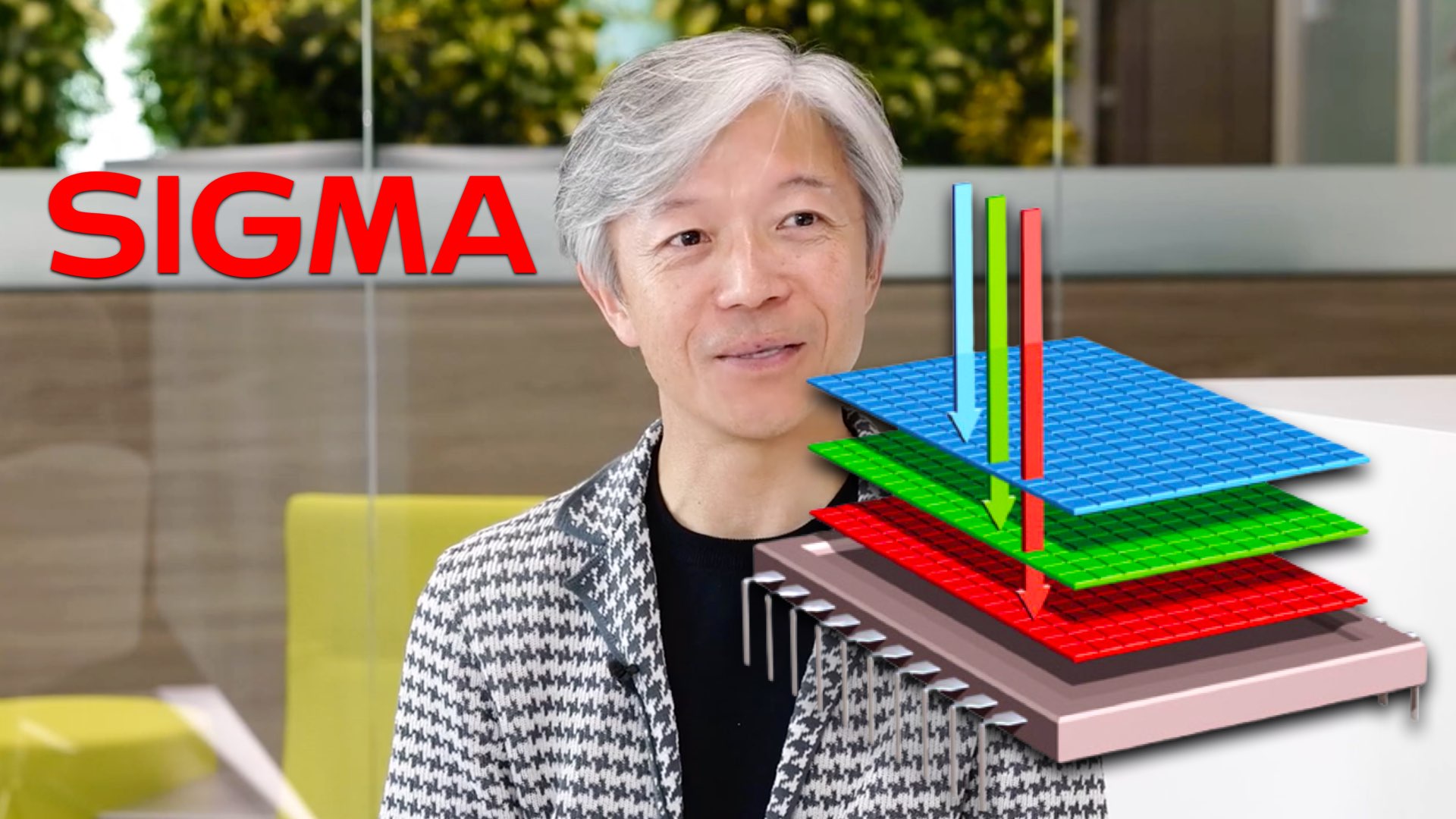
The Foveon full-frame project
We’ve been following the Foveon full-frame project for a while now. The idea behind the Foveon sensor is to mimic film, by exposing each photosite to all colors, as opposed to the Bayer pattern. In a Bayer sensor, each pixel is exposed only to red, blue, or green light (due to the presence of the Bayer layer/filter). This means that the final image must undergo demosaicing, a process by which a pixel’s full RGB value is assigned based on its value and the values of nearby pixels. However, Foveon (titled Foveon X3 – which stands for the three-layer structure defined by Sigma) sensor takes advantage of the varying penetrative abilities of different wavelengths, allowing each pixel to have a full RGB measurement. The concept for this design was born as a mimication of film cameras. Explore the scheme below which demonstrates the concept of the Foveon sensor:
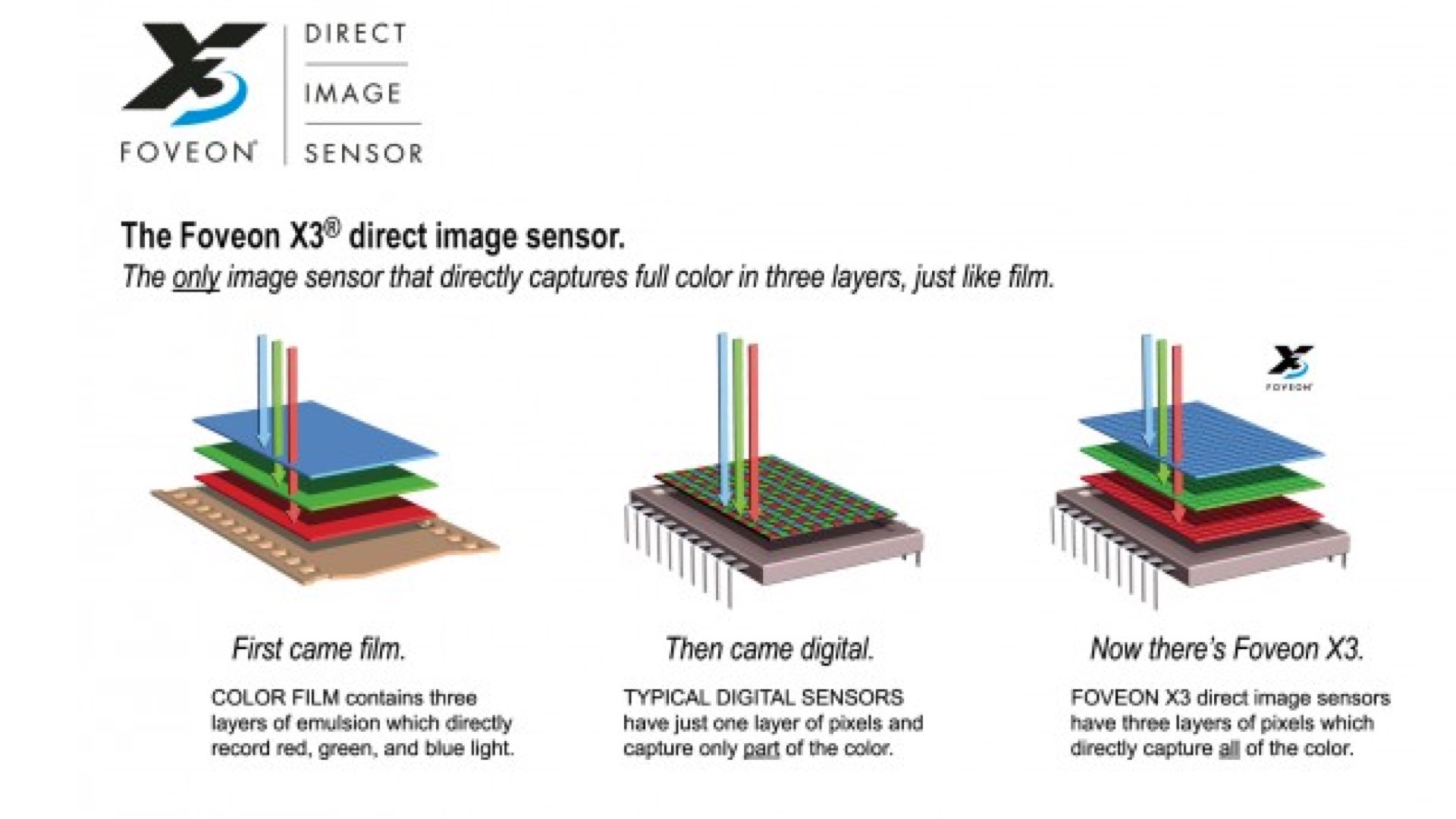
Advantages and disadvantages of Foveon X3
As explained, because demosaicing is not required for the Foveon X3 sensor to produce a full-color image, the color artifacts associated with the process are not seen. On the other hand, the method of color separation by silicon penetration depth gives more cross-contamination between color layers, meaning more issues with color accuracy. The Foveon X3 photosensor can detect more photons entering the camera than a mosaic sensor because each of the color filters overlaying each photosite of a mosaic sensor passes only one of the primary colors and absorbs the other two. However, the absorption of these colors reduces the total amount of light gathered by the sensor. It destroys much of the information about the color of the light impinging on each sensor element. In short, the advantages of the Foveon X3 are: Reduced color artifacts, more detailed imagery, and highly impressive colors. The disadvantages are: The sensor performs worse at higher ISO, it demands decent lighting, it’s hard to develop (expensive), and has less color accuracy.
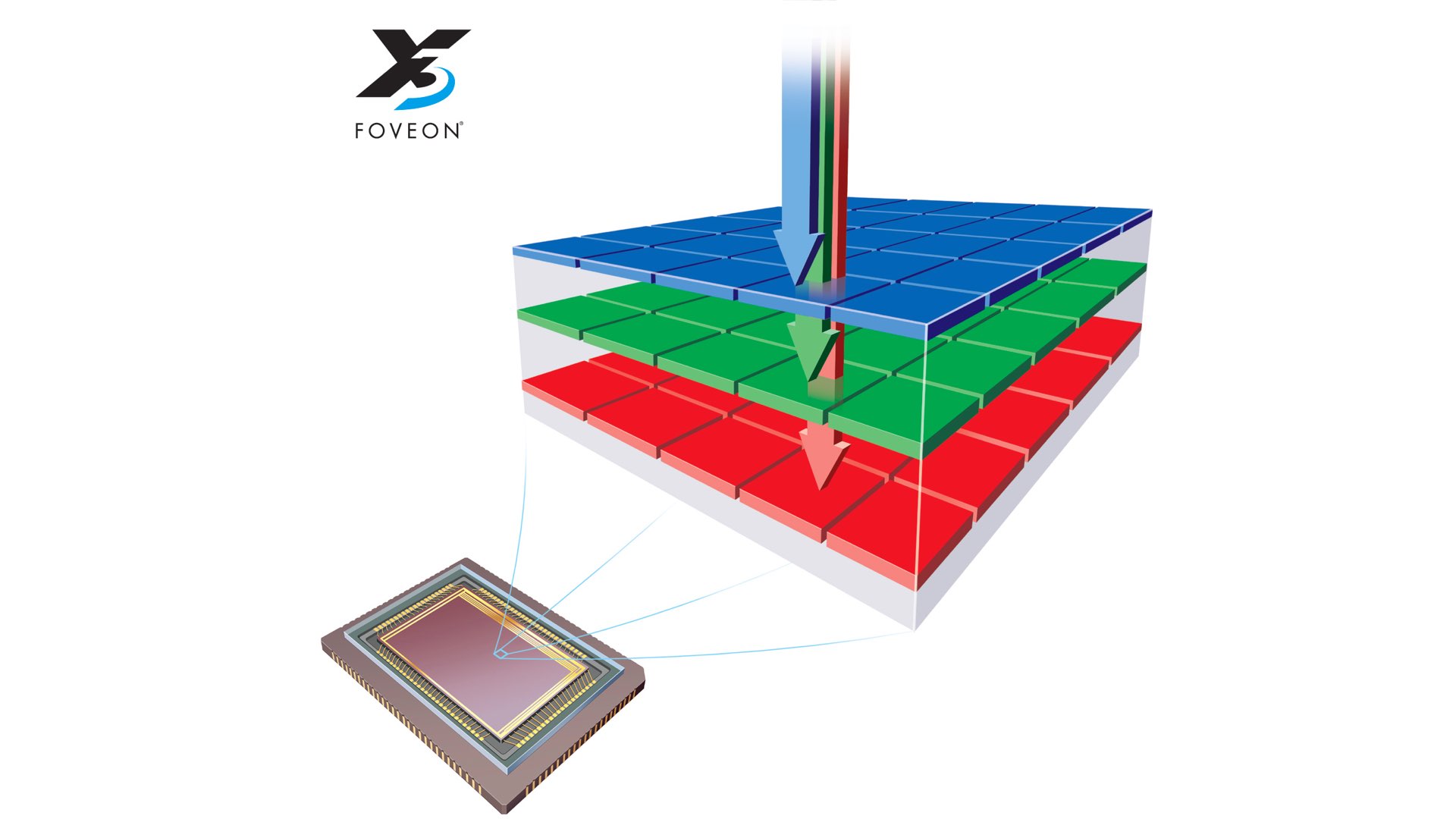
Sigma struggles to develop FF Foveon
It seems that Sigma has been straggling for years to develop the FF Foveon X3. According to Sigma, this mission can be accomplished in 3 stages as described:
- Stage 1: Repeated design simulations of the new three-layer structure to confirm that it will function as intended.
- Stage 2: Prototype evaluation using a small image sensor with the same pixel size as the product specifications but with a reduced total pixel count to verify the performance characteristics of the image sensor in practice.
- Stage 3: Final prototype evaluation using a full-frame image sensor with the same specifications as the mass products including the AD converter etc…
In fact, in February 2021, Sigma updated that the camera body for the full-frame Foveon X3 has not been designed yet. Sigma said that the team was getting back to the drawing table. Back then, Sigma stated: “In February 2020, we announced our decision to restart our plans for a full-frame Foveon X3 sensor camera, beginning with the development of new sensor technology. We halted the project’s development after the sensor we were working with could not go into mass production due to a critical flaw. As a result, we also terminated our contract with the sensor manufacturer with whom we had been collaborating. Further, we determined that the original sensor specifications would make it difficult to develop a product that will meet our and our customers’ high standards, and accordingly, we decided to go back to the drawing board”. A year after (February 2022), Sigma announced that it reached the stage 2 development phase. However, in August 2022, Sigma confirmed that this revolutionary sensor is in its final stage of development (stage 3) and should be ready by the end of the year (2022). As stated by Sigma: “Now we are working on the prototype of the 3-layer sensor. The sensor should be available sometime this year…There are some ‘cons’ like performance in low light, but if there is a good amount of light, that camera can create very beautiful and impressive photos”. However, in recent interviews, Sigma CEO – Kazuto Yamaki, has updated that there still a lot of work to do. As stated by Sigma (based on multiple recourses – Google translated from Japanese): “The full-frame Foveon sensor is under development. However, development has been difficult, and we have not succeeded in developing a full-frame sensor at this time…We are still researching pixel architecture with a small sensor…Although it was prototyped once, it seems that there is a technical problem and development is continuing again. However, if this is successful, it will be possible to start developing a full-frame sensor as the next stage”. Nevertheless, other resources state that Sigma is still in the technology development stage. “Semiconductor companies are very busy. So we have to use current technologies to design our own 3-layer sensor. We are working hard with the sensor fabrication company to improve our sensor…it still takes some time”.
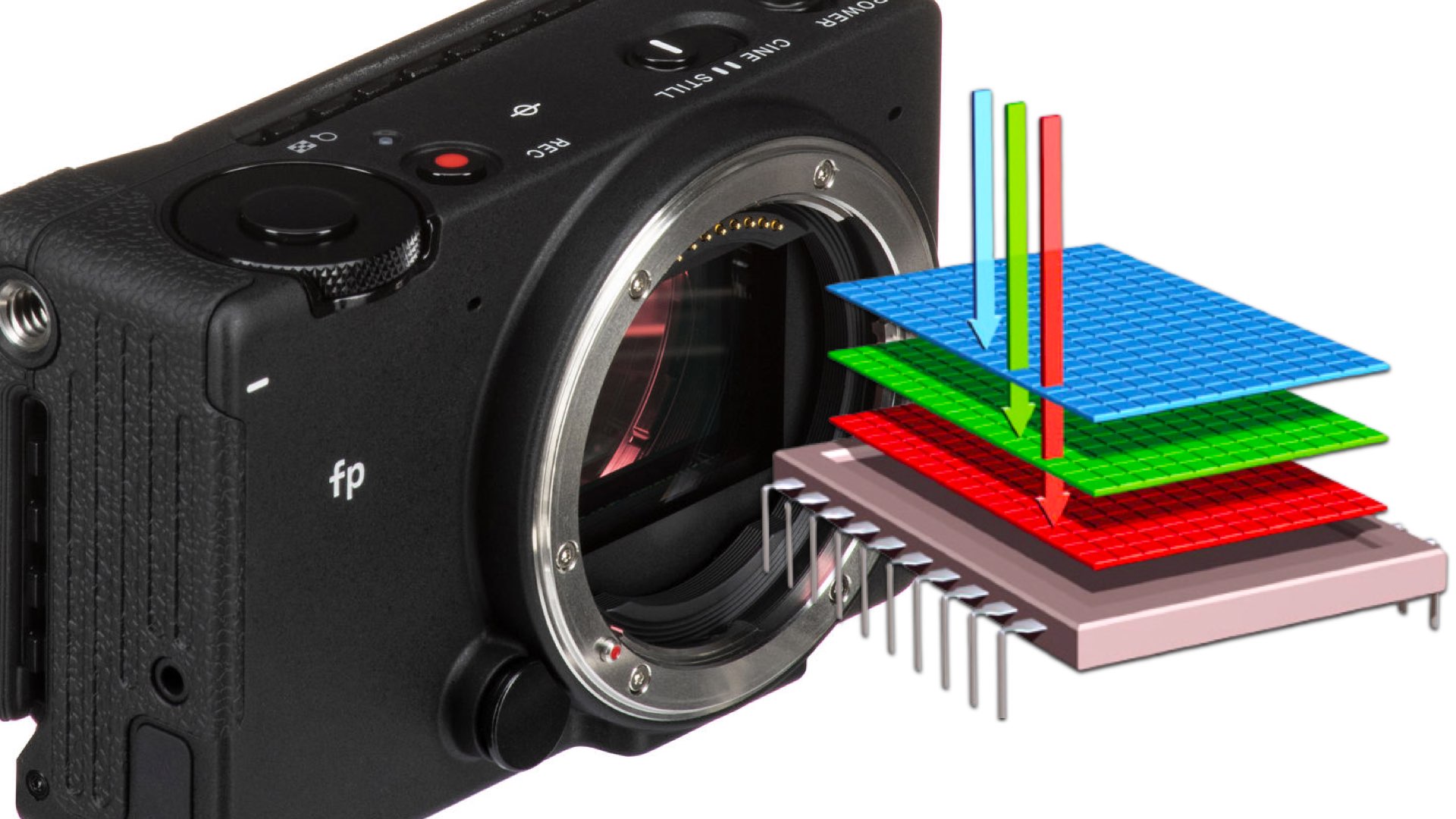
Final thoughts
The FF Foveon X3 project has been demanding huge R&D resources from Sigma. This ambitious flagship project was supposed to be accomplished in 2022. Now, there’s no light at the end of the tunnel. For now, the company aims for 2024, however, there’s a huge ‘if’ in that forecast. Let’s hope Sigma will succeed and a FF Foveon will be born, eventually.
Post Game Questions
- Are you eager to see a camera armed with a FF Foveon sensor?
- What are the chances the FF Foveon would be eventually developed?
- Should Sigma abandon this project?
Support Y.M.Cinema Magazine by purchasing our one-of-a-kind stainless steel model of 65 motion picture film camera – A perfect gift for filmmakers.


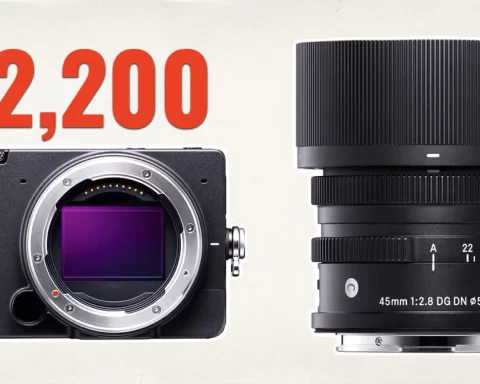
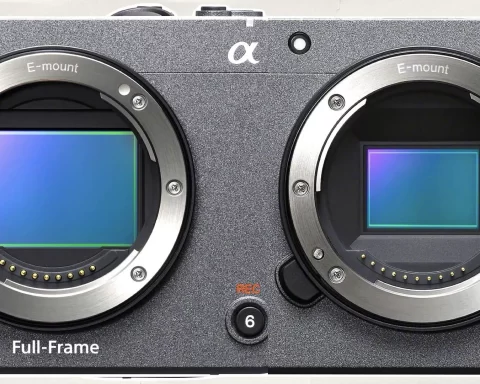


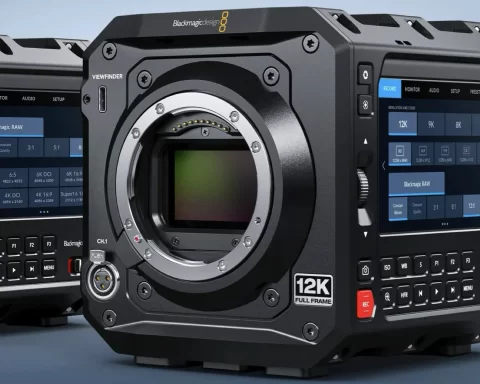
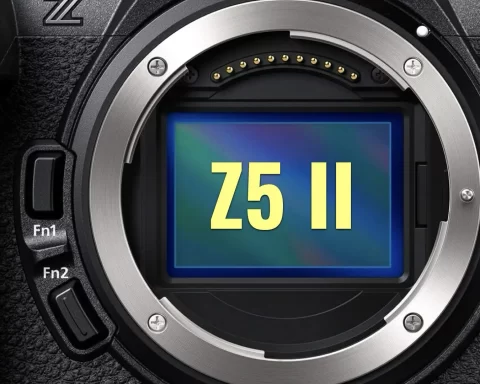

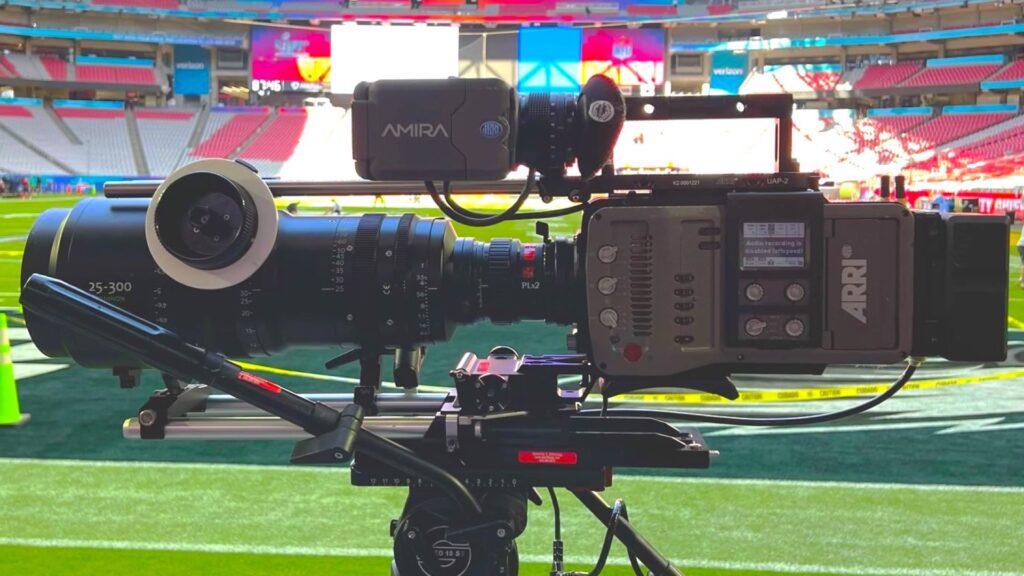
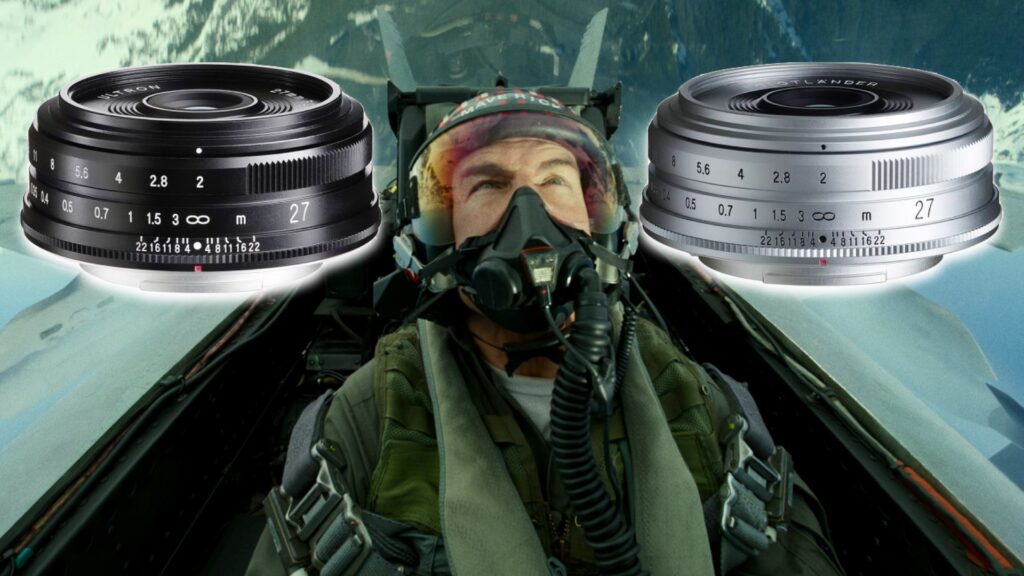
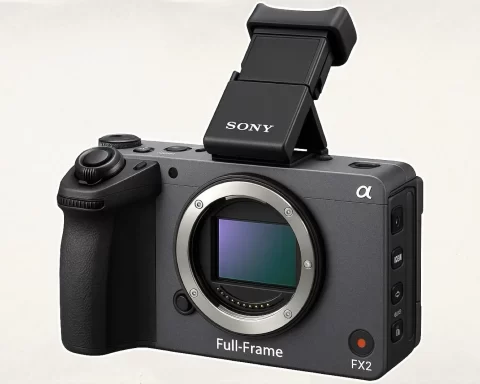
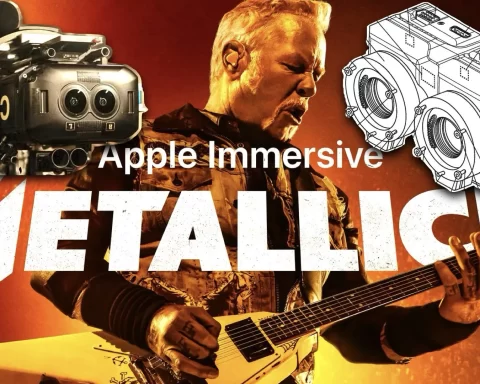

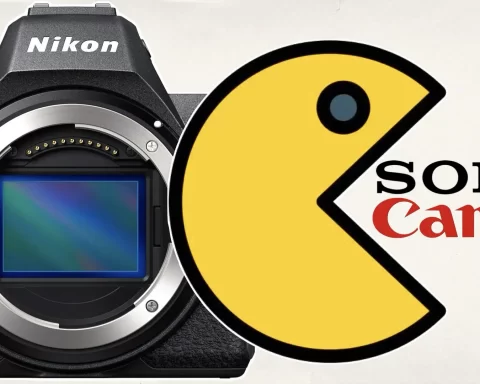

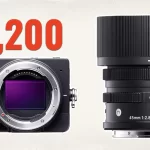
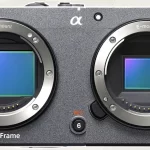
Don’t care that much about being FF. As a buyer a substantially improved, decently fast APSC foveon would just strike a better balance between cost&performance if they can’t overcome the technological issues. That could potentially open the digital cinema market too.
Why you fill your site with Sci-fi? Foveon, Red shits, John Carafin fanstasme about “holography? Those peoples speculate with the investors, making balloons bigger than chinese one over California but filled with compressed air. And your site value decrease by promoting the excitements of such peoples…
I currently own 3 DP Merril cameras DP1/2/3. I am not really interested in a FF version, not sure what that would bring
honestly. The photos that I take with these cameras are simply incredible. I wish Sigma would instead concentrate on a better camera body with faster image processing, dual card slots, better ergonomics, better LCD, better controls, using the same sensor. All current Merrill owners user would buy it.
The sensor from the discontinued SD1 was just fine. Please, Sigma, bring it back in a body similar to the SD1, but with more processing power and a deeper buffer to eliminate the long waiting times for the buffer to clear that made the SD1 impractical as a general purpose camera
Super interested in this. And, I love FF.
Totally agree with Karim and I also have all 3 Merrill.s – the reason I rarely use them is the lack of evf and the screen is bad in sunlight, but when I “get my act together” it’s just them best pictures ever (and I have 5 other quality cameras, (Nikons, Sony and Fuji) , to compare with). I would buy a new one with top quality EVF immediately – fine with FF, but would also buy it if APS-C.
I agree with the comments above. I’m loving my dp2 quattro. Just give me a better body, interchangeable L-Mount lenses, better auto focus, and updated features and take my money!
I would buy a ff Merrill camera with L-mount. Even if it is slow. But it should have a bigger body than my Merrils DP2 and DP3, better ergonomics, tilt evf and tilt display and way bigger battery in a good grip. And the RAW-software should be improved or a cooperation with CaptureOne would be nice.